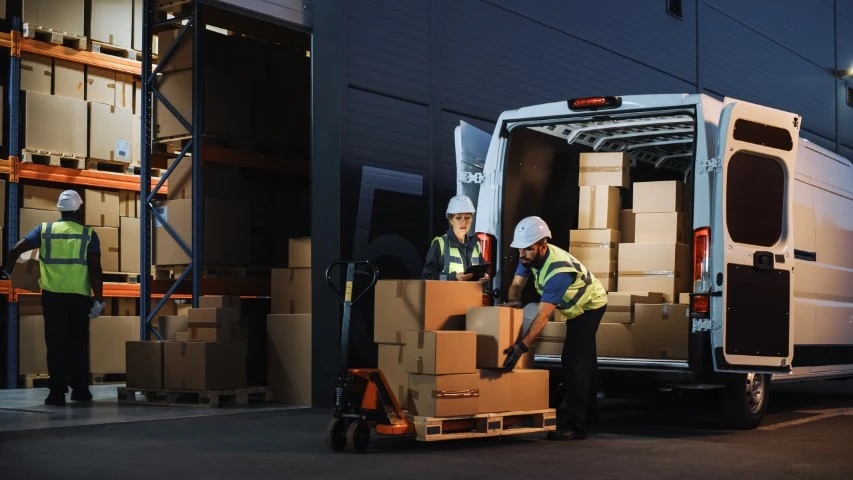Firms Turn To Technology To Perfect Their Product Compliance Formula, Amidst Wholesale Changes To Chemical Regulatory Requirements
10, February 2022
Firms Turn To Technology To Perfect Their Product Compliance Formula, Amidst Wholesale Changes To Chemical Regulatory Requirements
Firms face many risks surrounding their products, such as regulatory non-compliance and brand reputation risk. Minimising risk is a top priority for C-level executives in 2022, with the latest Verdantix survey indicating a year of unprecedented corporate digitization in order to build more concrete business resilience. As a result, corporate appetite for product stewardship solutions that, help firms reduce their product-related risk by managing aspects such as chemical compliance, component compliance and sustainable product development, are witnessing a period of extended growth. Numerous M&A deals in the sector reflect increased interest for product stewardship solutions, take private equity firm New Mountain’s acquisition of the 3E arm of Verisk and the $350 million Vista Equity invested in the Assent compliance.A standout factor driving investment is the great efficiency boosts digital solutions can bring to compliance professionals. Firms must ensure all products comply against strict chemical regulations including REACH, SCIP, RoHS and Cal Prop 65. Chemical compliance is a dynamic task; on a smaller scale, 101 chemical substances are impacted by new regulation changes daily, this is coupled with major regulation updates take for example the amendments to Annex II of REACH, which requires firms operating in the EU to recompile their chemical safety data sheets (SDSs). Chemical compliance is not the only issue facing firms, who must navigate a growing web of regulations centred around ethical and sustainable sourcing, such and the Conflict Minerals regulation and new German Supply Chain directive that comes into effect.
Utilizing a combination of services and digitally enabled regulatory databases, product compliance solutions reduce risk of litigation, improve chemical safety management and remove time intensive compliance workflows from employees. Traditionally, vendor offerings in the market traditionally were reliant on managed services to manage chemical safety challenges, monitor regulatory changes, engage suppliers and manage bill of material (BOM) inventories, but the last three years has seen the emergence of technology enabled tools to drive automation within these processes. Take for example UL’s predictive toxicology solutions, that leverages machine learning to predictively assess chemical hazards and produce relevant chemical safety documentation. Similarly, Enhesa’s solution leverages machine learning algorithms to forecast regulatory changes, allowing customers time to prepare and adjust internally compliance processes accordingly.





















